Scranton City Hall South Tower
Project Type: Cultural
Location: Scranton, PA
Services: Architecture, Engineering, Project Management
Size: 52,600 sF
The Municipal Building of the City of Scranton designed in 1888 by architect, Edwin L. Walter has been the seat of municipal government since the 1890s. It is a 52,000 sq. ft., three-story Victorian style building, which houses the city’s executive offices and Council Chambers. The Municipal Building is architecturally significant in Scranton because of its location, style, scale, and quality of construction. It is made of native stone, which brings it a color unique to Scranton and is the only building of its particular style in the city. The Municipal Building of the City of Scranton was added to the National Register of Historic Places in 1981.
Highland Associates was hired by the City of Scranton to carry out a comprehensive interior and exterior building evaluation to determine the extent of work required and allow the City to address the long term needs of the building. The evaluation addressed code and accessibility compliance, deferred maintenance of exterior stone and limestone, slate roofs, stained glass windows, ornamental iron, tower structure, interior water damage, interior finishes, and upgrades to mechanical, electrical and plumbing systems. Our team generated a comprehensive report which identified by priority the necessary restoration repairs and ongoing maintenance upgrades. The report provided an extensive documentation of the present conditions and estimated costs for restoration and options for repairs based on prioritization of needed repairs.
As a result of the Study, restoration began on the rear South Tower as a precursor to an exterior restoration program targeting the building’s dormers and four towers, roofs and masonry walls. The South Tower restoration included repair and replacement of the tower’s pyramid roof and accessories, including slate shingles, smaller pyramid shaped decorative finials, as well as repair and repointing of its masonry walls. The City continues to seek funding and grants to help defraying costs and addressing individual, high-priority projects. The South Tower was funded in part by a grant from Pennsylvania Historic and Museum Commission, Historic Preservation Grant. Pennsylvania SHPO and the City’s Historical Architecture Review Board approved the restoration scope and new slate shingles to be installed on the South Tower. Future repairs will include restoration of the building similar to the South Tower.
